Clare's collapse, Wexford's woes, and a Cork-Tipp final: the differences in league approach
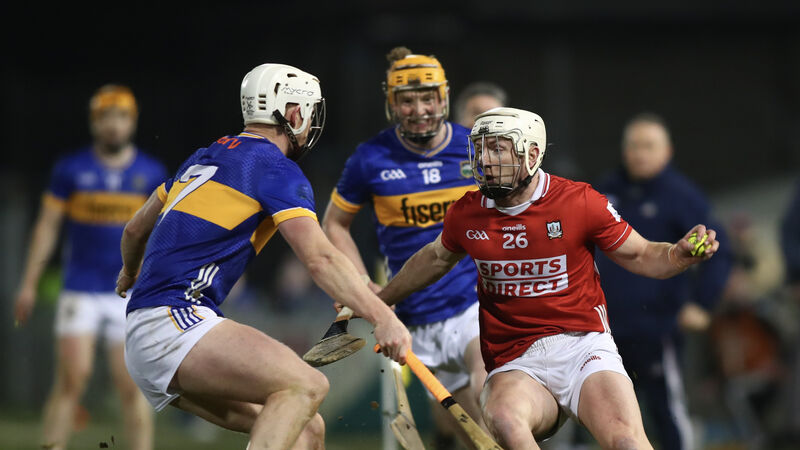
Cork's Patrick Horgan in action against Tipperary's Michael Breen during the Allianz Hurling League Division 1A this year. Picture: ©INPHO/Ken Sutton
Cork and Tipperary likely won’t have been your top choices for the two teams contesting the Division 1A final. If you guessed correctly, congratulations. But at the start of the year, any two teams could have been plausible contenders.
The only one of the seven teams you could have reasonably disregarded was Wexford – given their player losses due to injuries, retirements and travelling. They were always going to struggle, and so their relegation from the top tier came with little surprise.
The other six teams were always going to be hard to predict. The slight change in structure added to that fact, but the way each county have approached the spring campaign differs greatly.
Take Tipperary – probably the strongest of the seven counties throughout the league, with their focus being to rebuild, but with more than just a focus on blooding in new players. The Premier County have also targeted performance.
Robert Doyle, Conor Martin, Dylan Walsh, Michael Corcoran, Joe Caeser and of course Darragh McCarthy are all new faces to the senior setup.
They’re all part of the rebuild that Liam Cahill emphasised after the win over cork in the . “The challenge of redeeming our identity as a group of players, and ourselves as a management team that we are fully committed to this thing. We really want to portray that out onto the field every day we play.” They’ve certainly developed a foundation. Whether their championship campaign will follow a similar path remains to be seen, but there is promise.
For the Rebels, it’s been an entirely different approach. Cork navigated the league impressively, with the six-goal demolition of Clare standing out as they booked a place in the league final.
Pat Ryan used 32 different players across the league compared to 34 in the season before, but his team selection felt more consistent than it did in last year’s league.
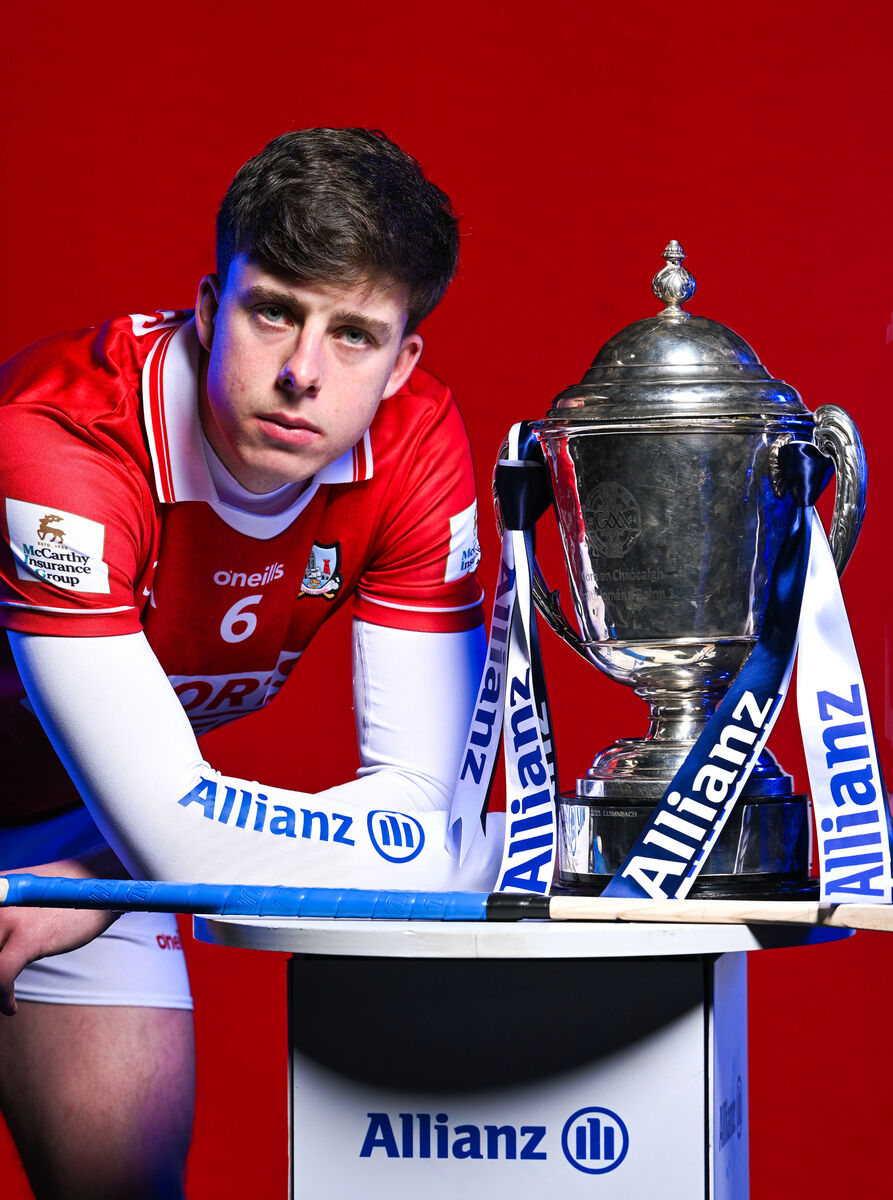
The teams chosen in this year’s spring months also more closely reflected the championship 15 that got Cork all the way to Croke Park.
The aim has been to increase depth and competition, while sticking to what works. Adding a league title this weekend would be the perfect finishing touch.
Kilkenny are that weird outlier. They had some solid performances, but others were disappointing. They were quite lacklustre.
Derek Lyng’s side impressed in the victory over Limerick, with Martin Keoghan in particular standing out – but did the Treaty county really want to get anything from that one?
John Kiely always approaches the league in an unpredictable manner. Like Kilkenny this year, their performances were a mixed bag. Last year the Treaty County used 39 different players, by game three this season they had already reached 31.
They took an experimental approach and tinkered with their playing style – results were secondary.
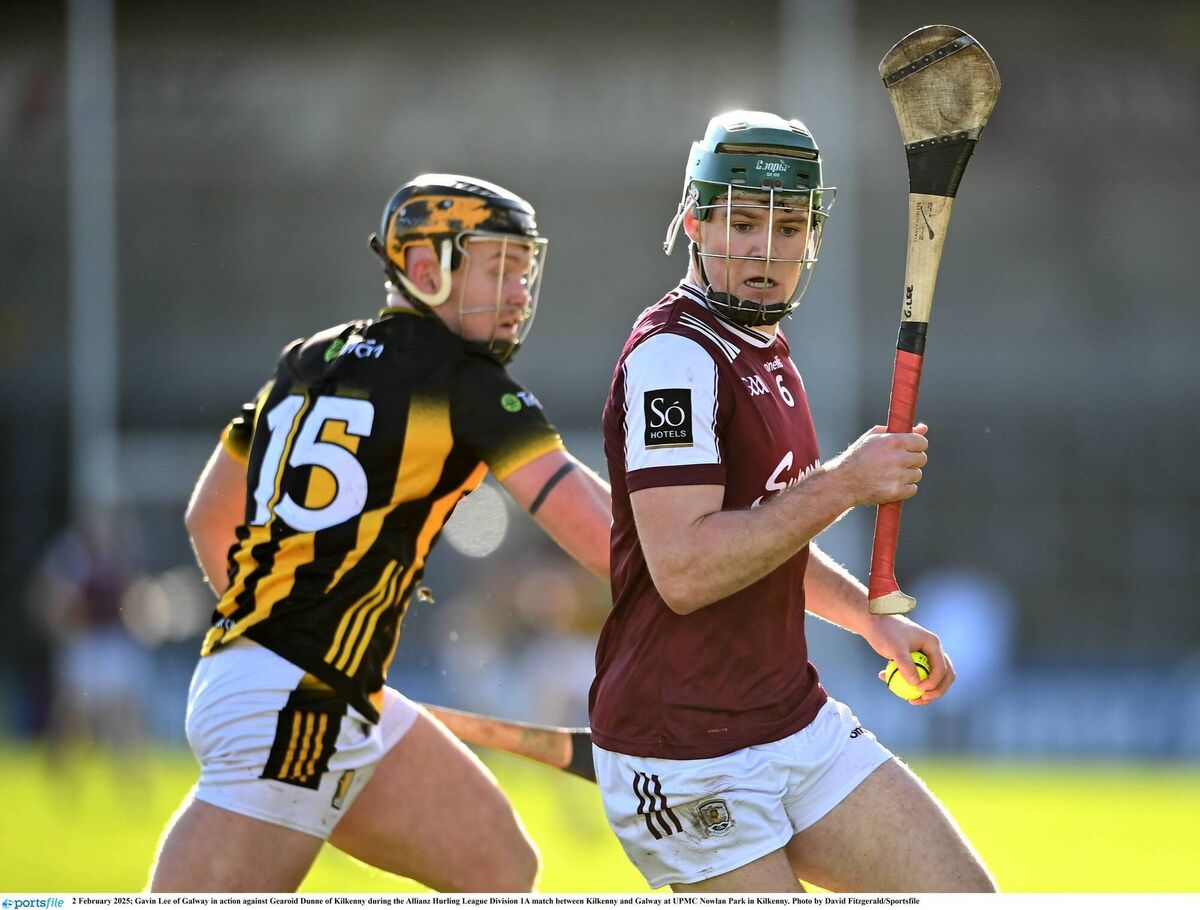
Galway’s approach felt like a hybrid of Tipp’s and Limerick’s: introducing young talent and bringing plenty of rotation, with little interest in results. That much was clear when they were outclassed by Cork in the Páirc.
This year’s league felt more like a hand of poker. Cork and Tipp certainly look strongest – Galway, Kilkenny and Limerick folded. Wexford were stuck with seven-deuce off-suit. But Clare seemed to have misplayed the hand entirely.
They had a woeful campaign and succumbed to relegation. Shane O’Donnell was, of course, a huge loss, but the signs were worrying.
It may return to business as usual when the championship kicks off – but right now, Clare are suffering from a hangover. They will need to be at their best in the first round against Cork.
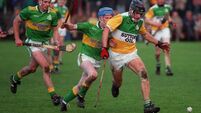

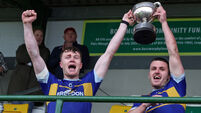
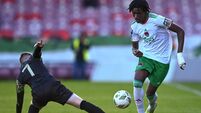

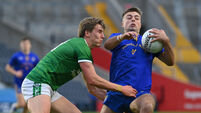
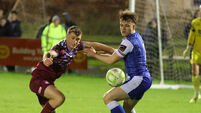



 App?
App?







